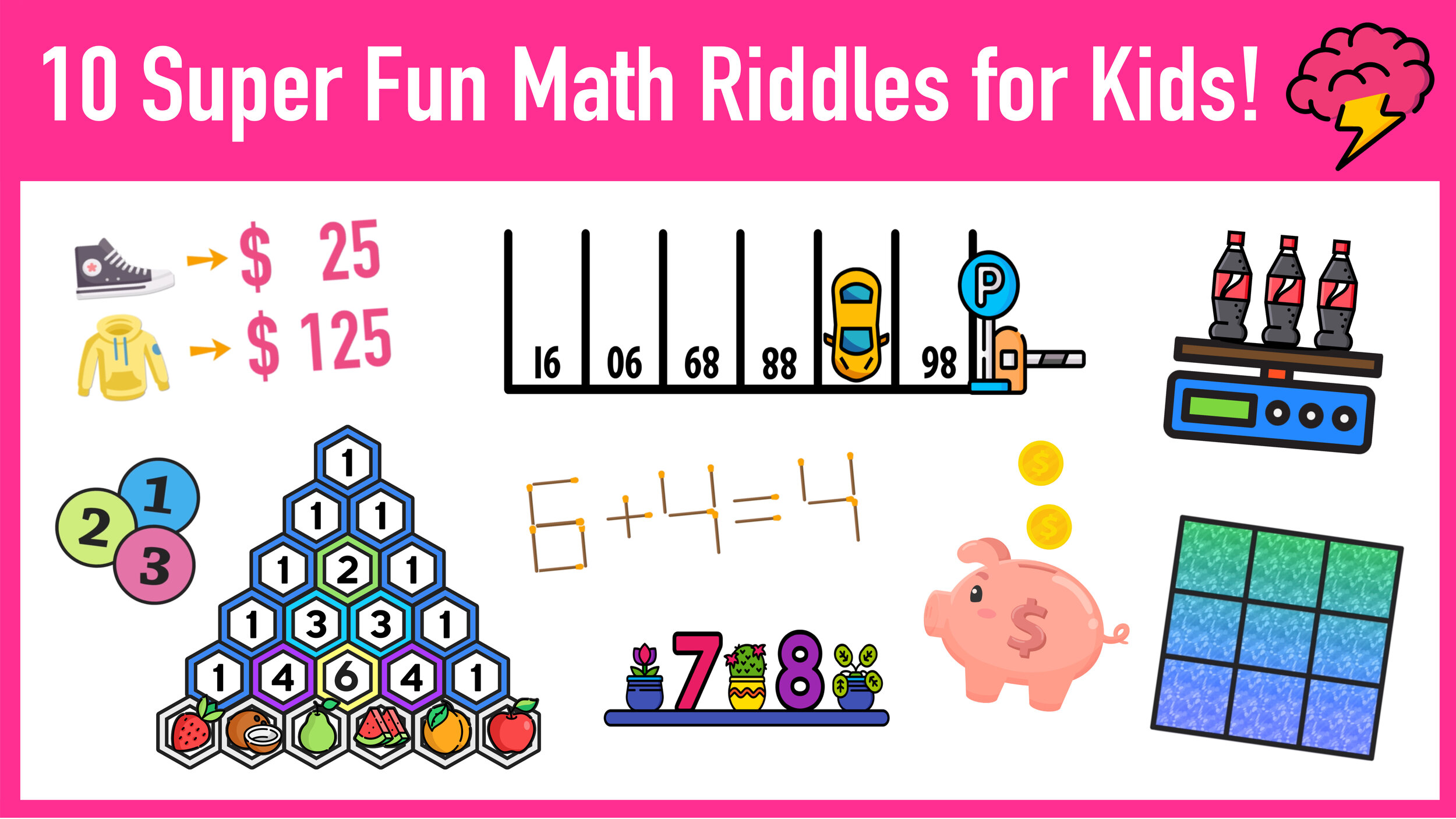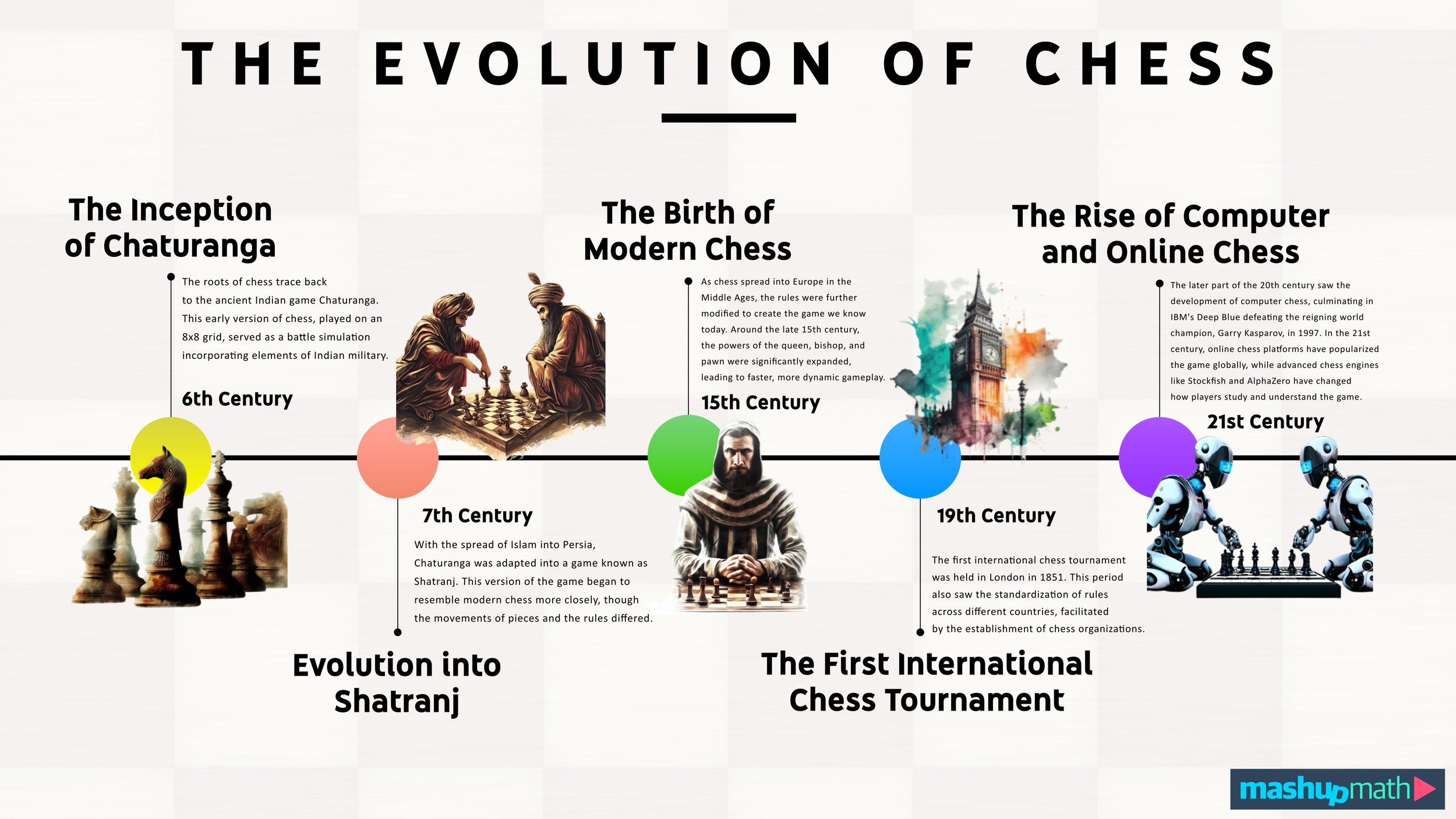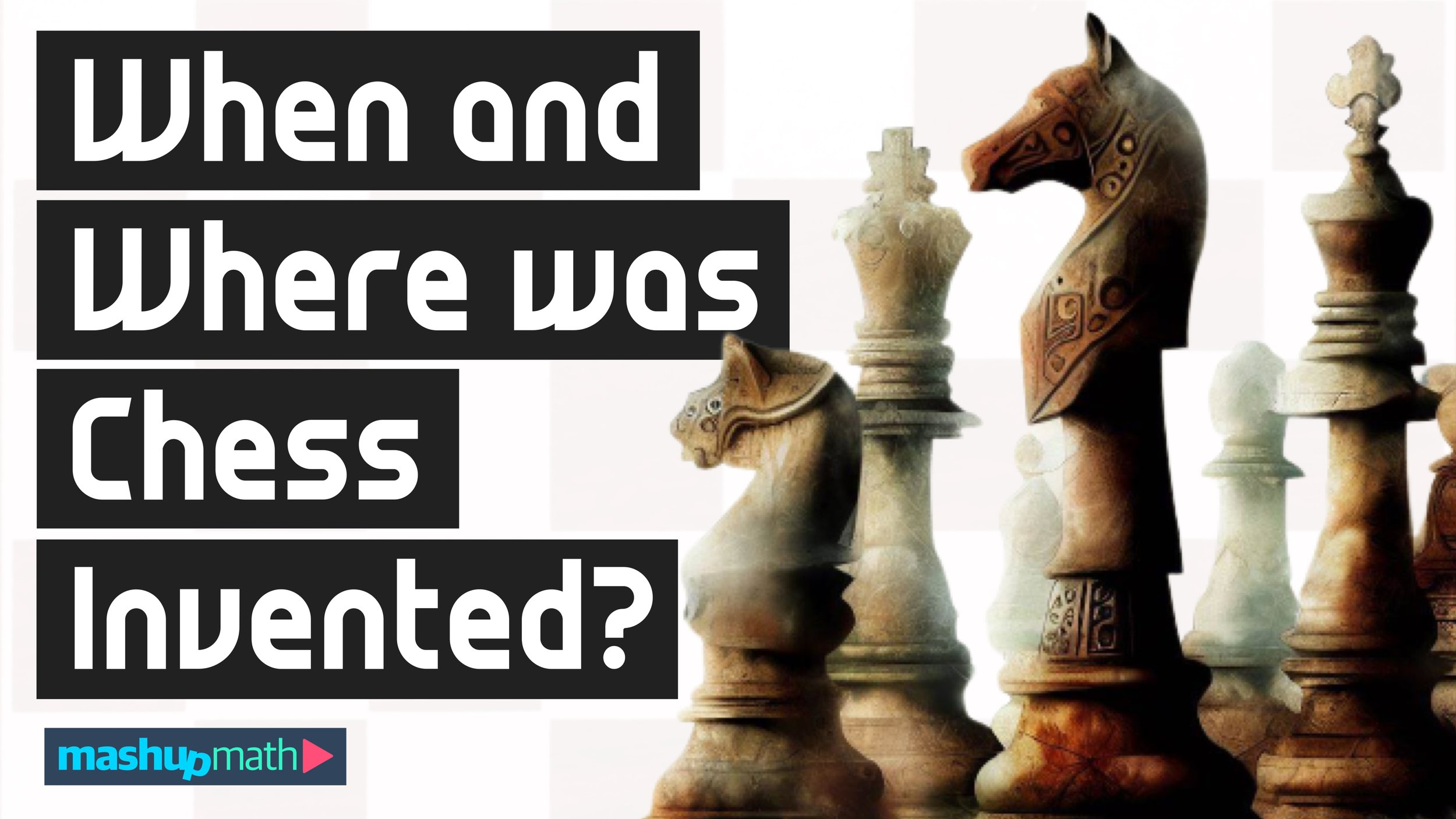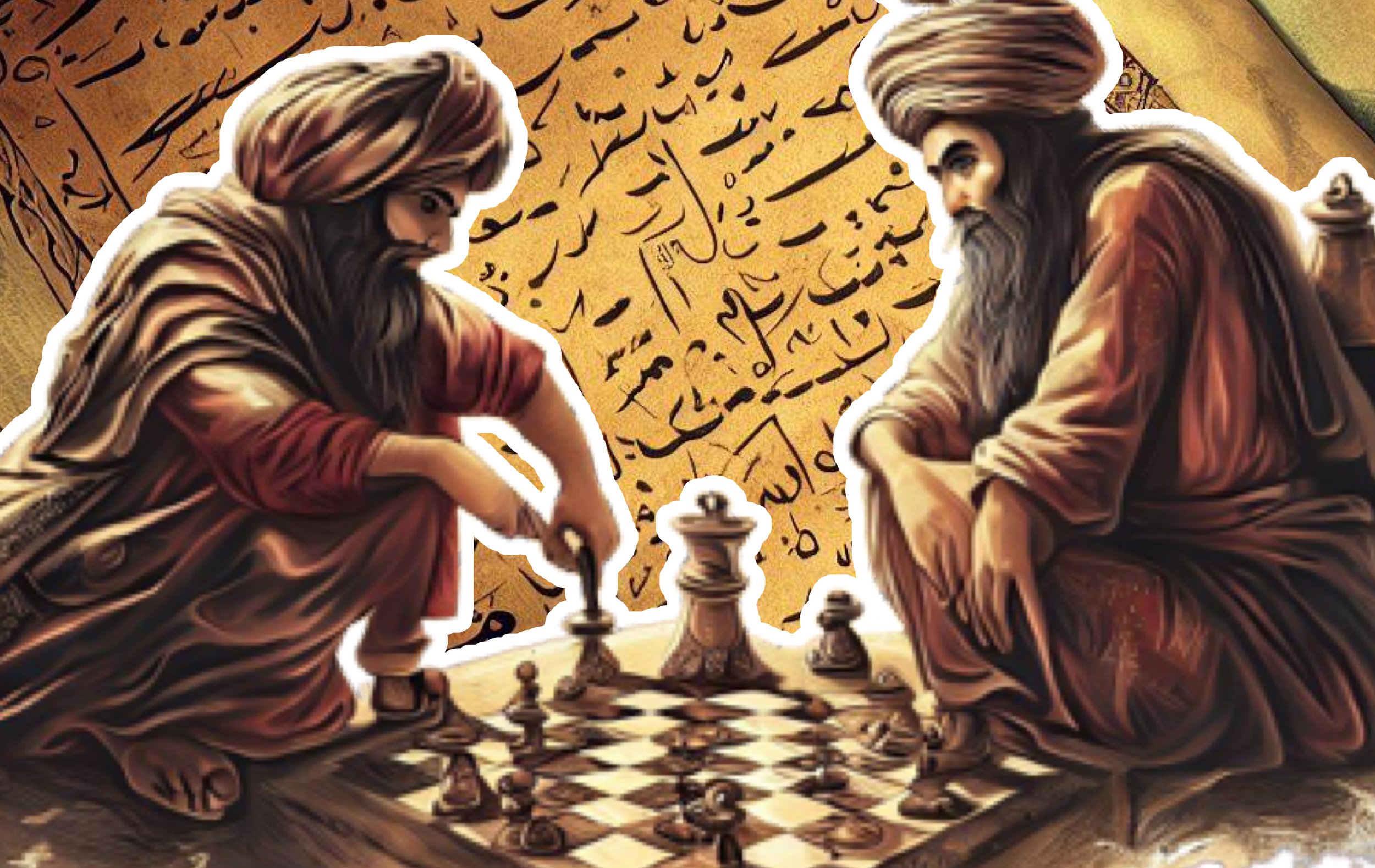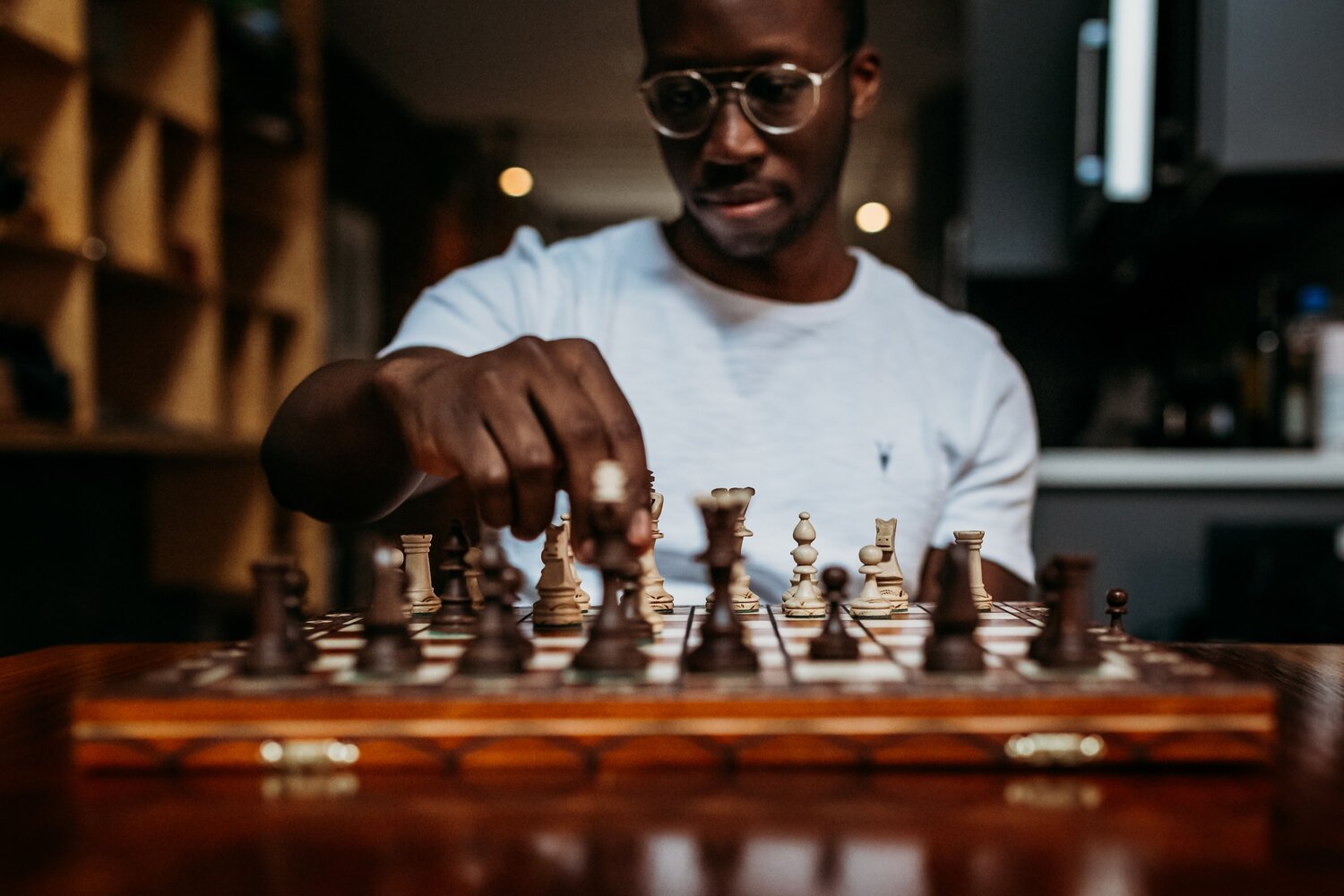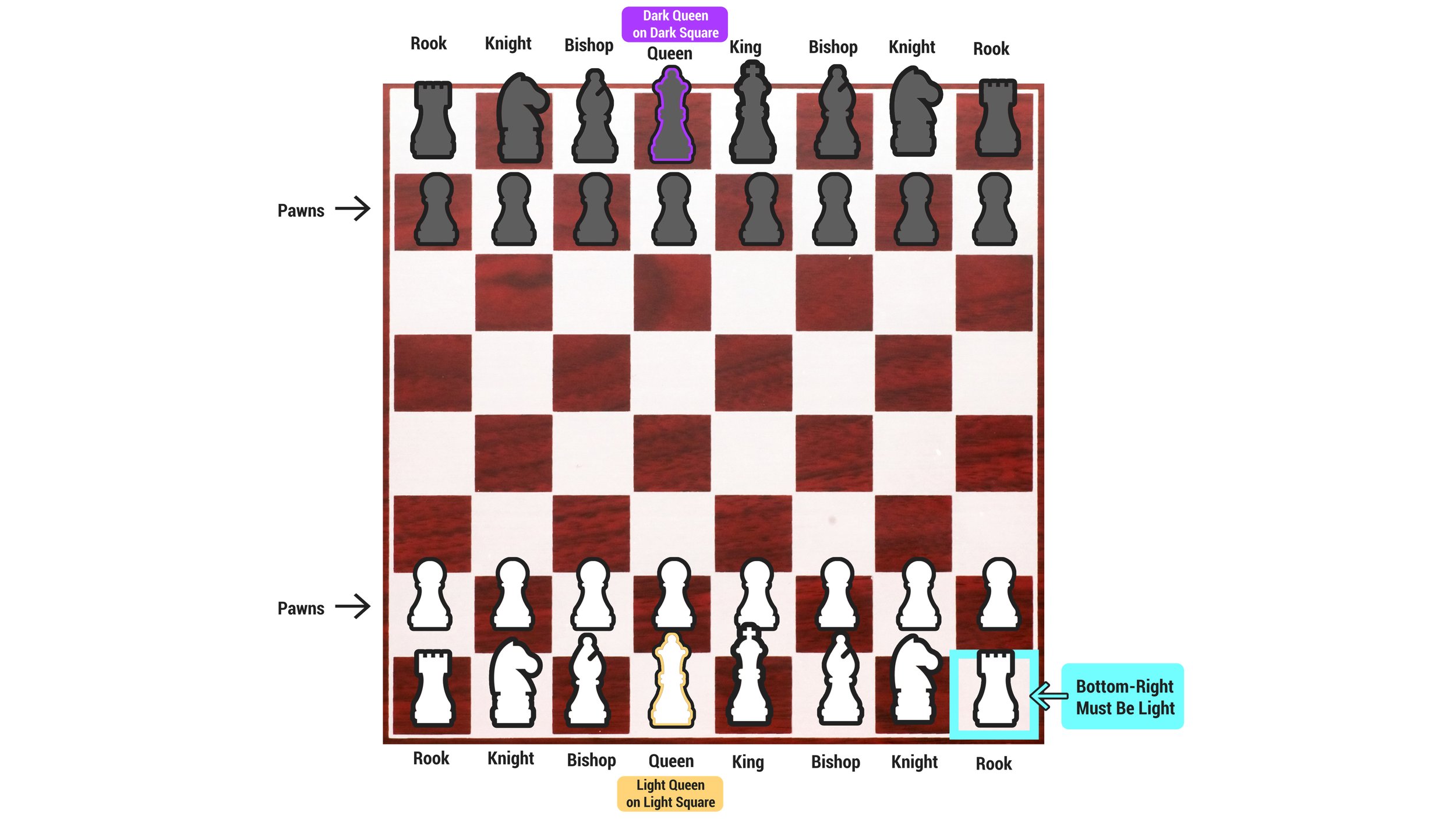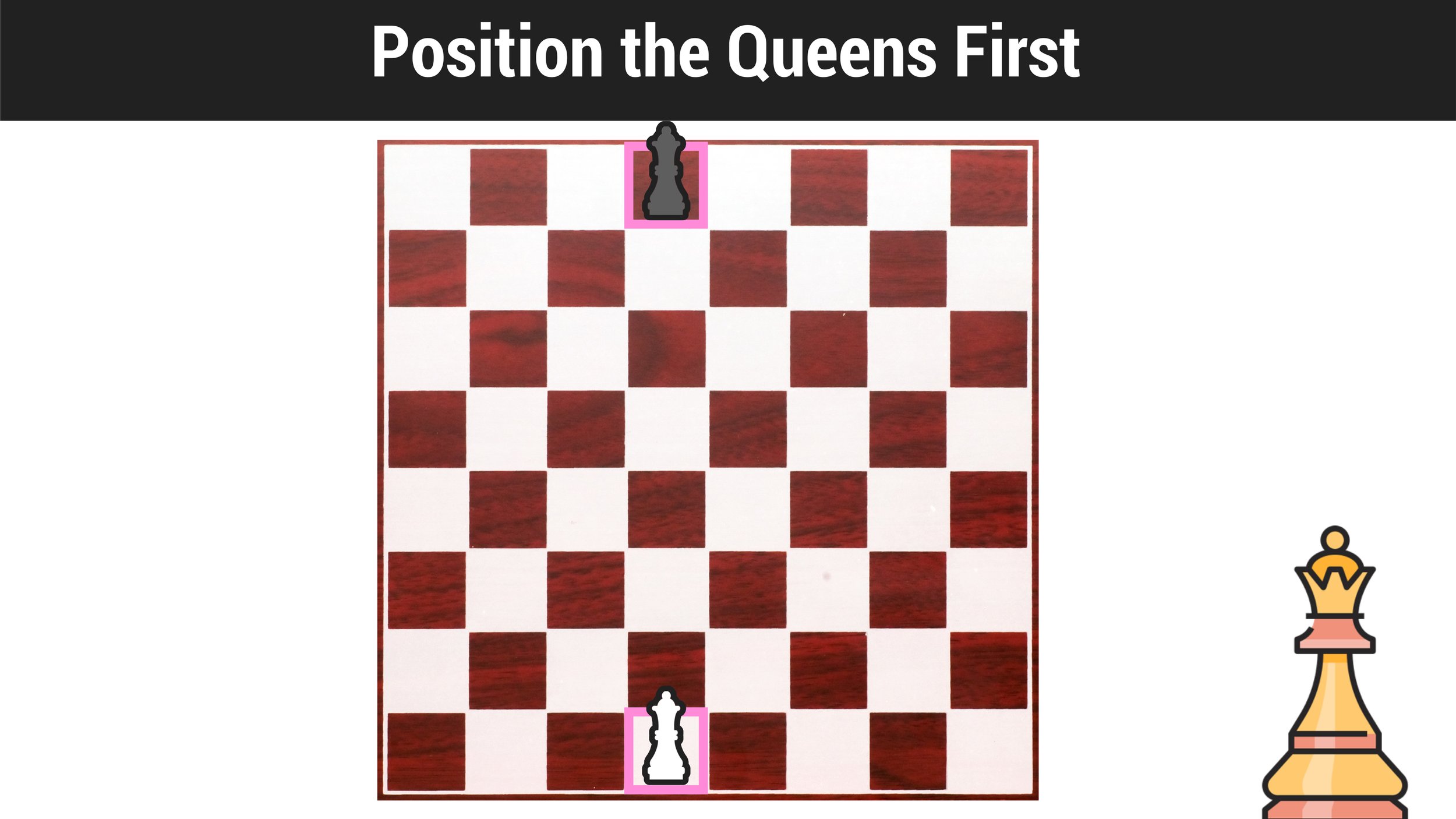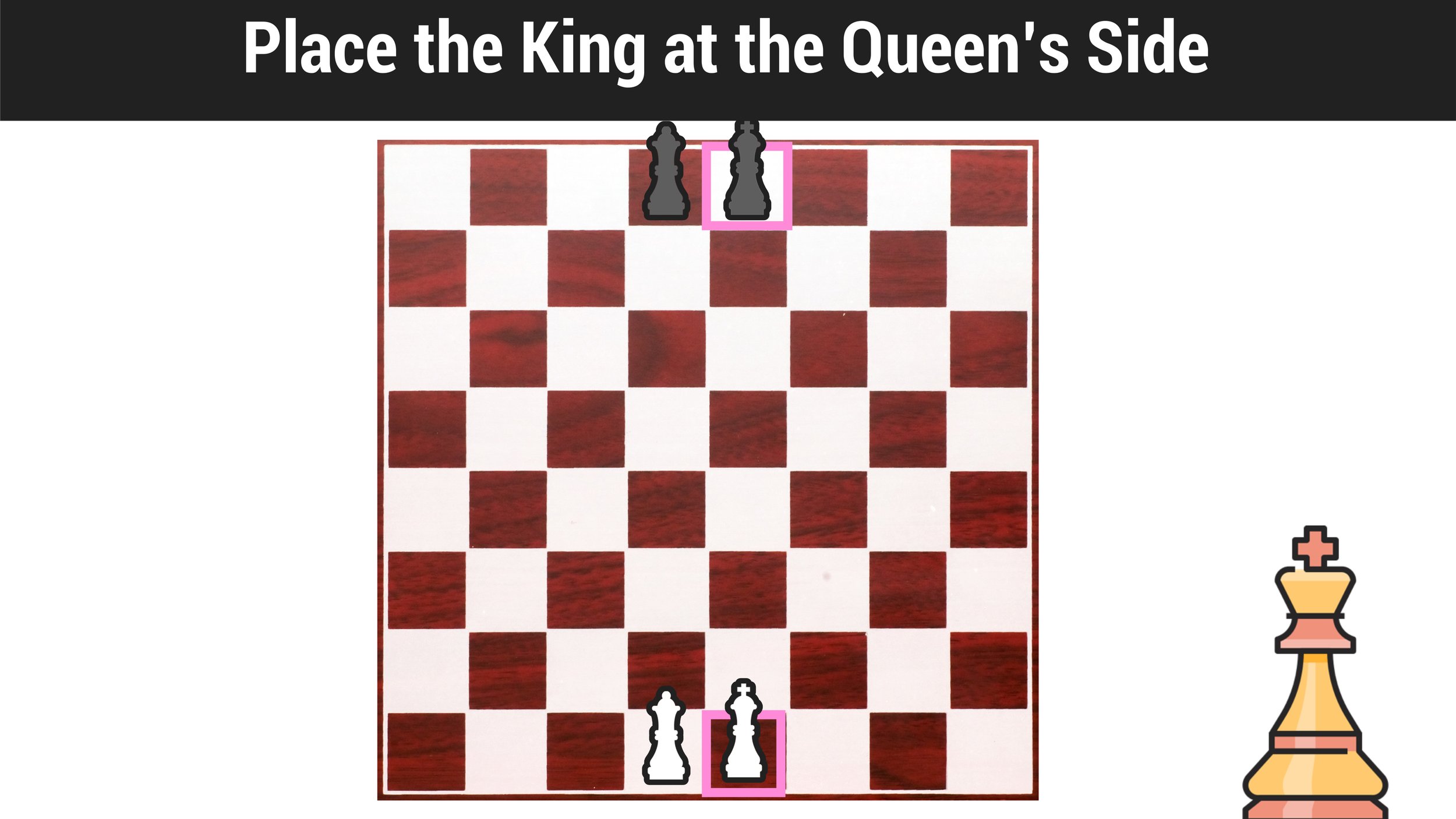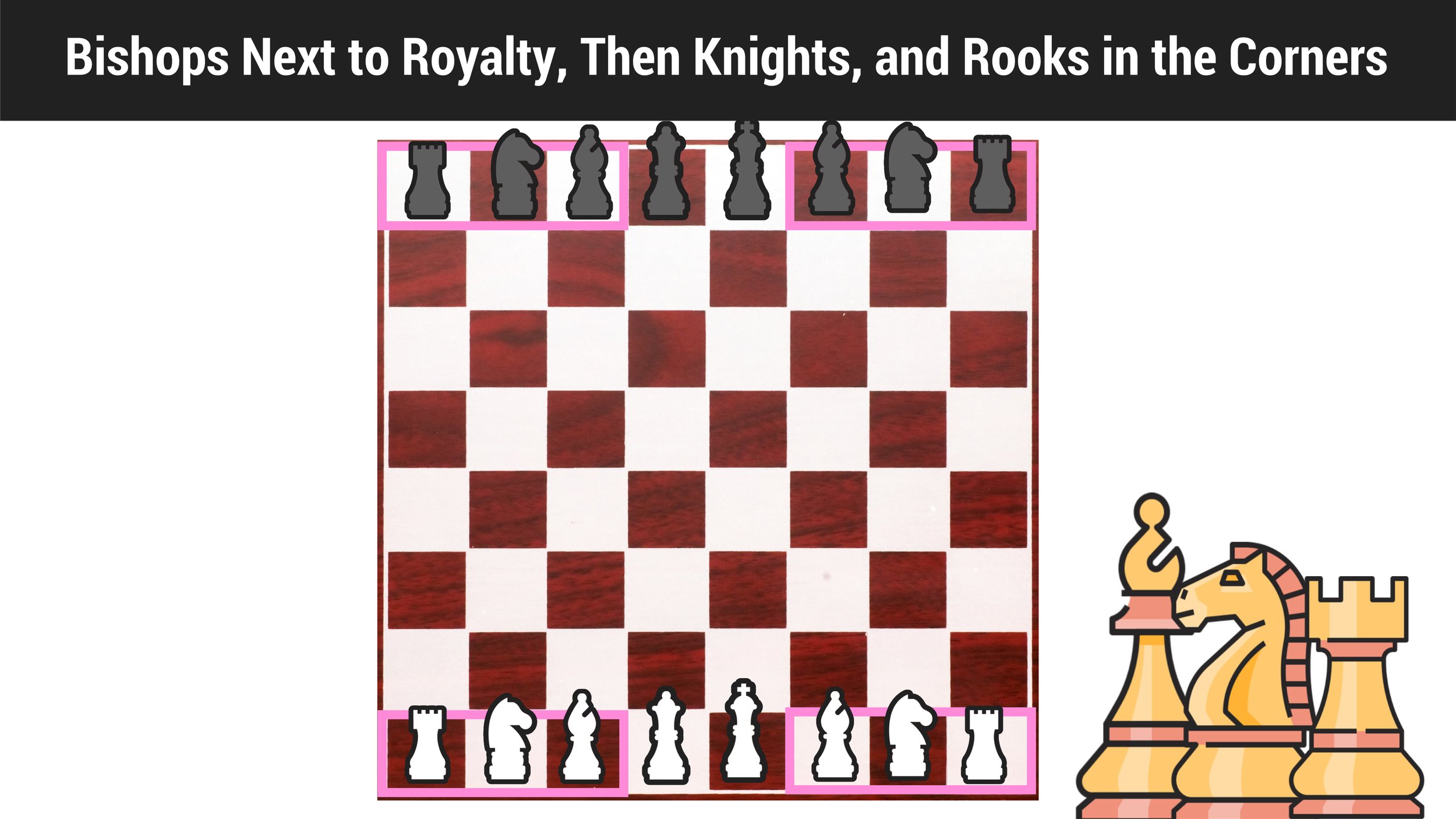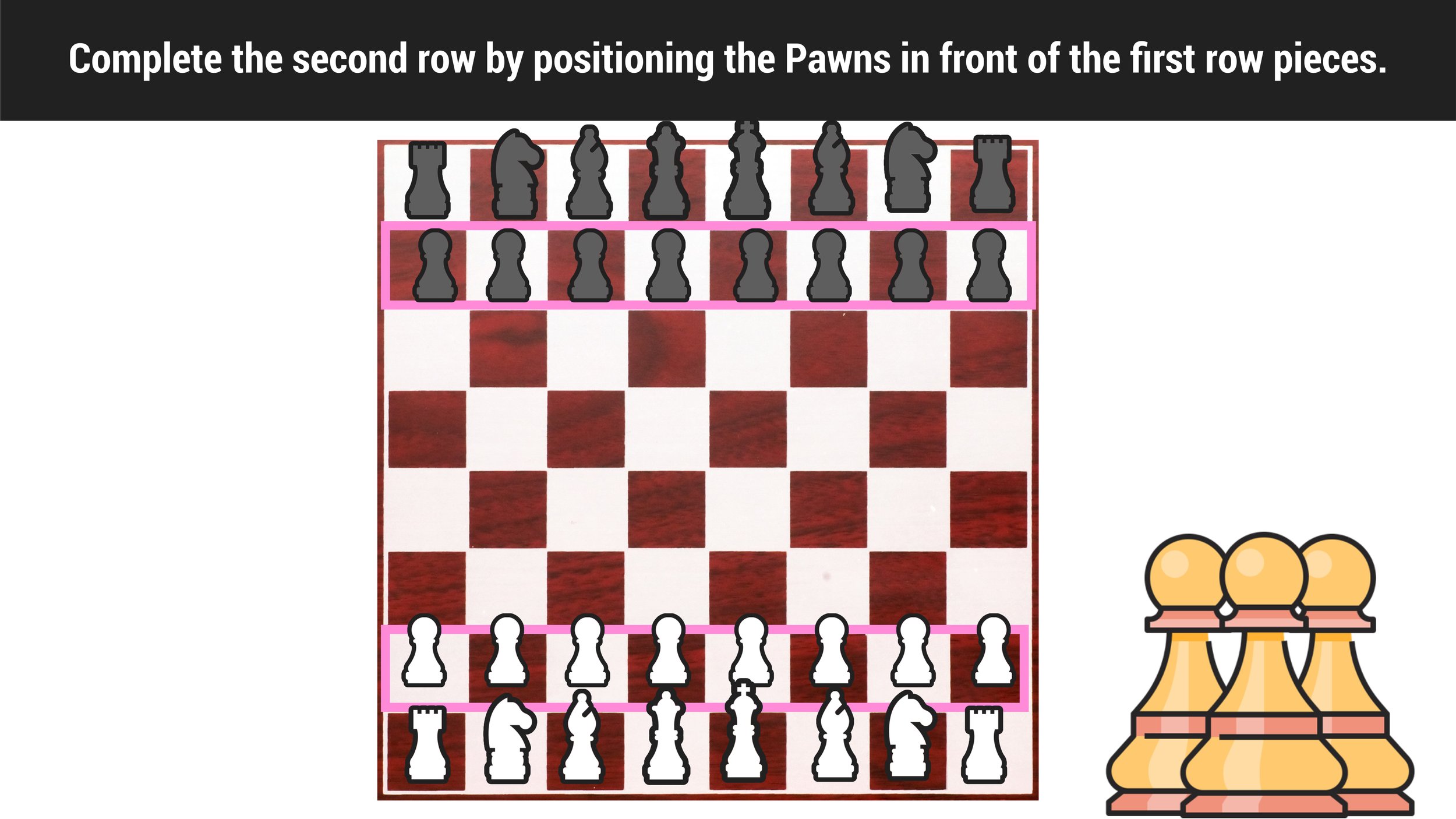How Long Does It Take to Count to a Million?—Explained
How long would it take to count to a million and can it be done?
How long does it take to count to a million? (Image: Mashup Math via Getty)
So, you’re wondering how long would it take to count to a million. From a mathematical standpoint, the question itself seems simple enough. After all, you’re only interested in how much time it would take for the average person to actually count from one to one million. The answer must be some amount of time expressed in hours, days, or possibly even weeks or months.
And so our journey begins. To figure out how long it takes to count to a million, we will have to explore the number one million itself and perform a few calculations to see just how long it would take the average person to count to a million in both theoretical and practical scenarios.
This post explores two scenarios:
Are you ready to get started?
The Number One Million Explained
Before you learn just how long it takes to count to a million, it’s important that you have a solid understanding of the actual number and how relatively large it actually is. One of the best ways to grasp the magnitude of the number one million is to think of it as one thousand thousands.
In numeric form, this means that:
1,000,000 = 1,000 x 1,000
So, counting to one million is the same thing as counting to 1,000 a thousand times! With this new perspective of a million in mind, it’s obvious that counting to a million is a pretty challenging task that would require a ton of time, effort, patience, and sheer will and dedication.
Now that you have a better understanding of how large a million actually is, you are ready to learn just how long it would take to reach this counting milestone.
How Long Does It Take to Count to a Million? To count to a million, you would have to count to a thousand a thousand times!
Theory : How Long to Count to a Million?
It’s finally time to perform some calculations to figure out how long it would theoretically take a person to count to a million.
We can start by considering the rate at which an average person can count and the total amount of numbers that will need to be counted (one million in this case).
Everyone counts numbers at different rates, but, for the sake of simplicity, let’s just assume that the average person can count one number per second. At this rate, it would take the person 1,000,000 seconds to count to a million.
But how long is 1,000,000 seconds? Well, to put this into perspective, one million seconds is approximately equivalent to 11 days, 13 hours, 46 minutes, and 40 seconds.
This means that, theoretically speaking, if a person were to count numbers at a rate of one number per second, it would require them to count for about 11.5 days straight without sleeping or taking any breaks!
Theoretically speaking, if a person were to count numbers at a rate of one number per second, it would require them to count for about 11.5 days straight without sleeping or taking any breaks!
While this answer to the question How Long Does It Take to Count to a Million? is true in theory, it is unrealistic in practice since it would be nearly impossible for a person to count non-stop all day and all night for nearly 12 consecutive days.
And it should be no surprise that a person has never counted from one to a million without stopping. But has a person ever counted to a million under more realistic conditions?
How long would it take to count to a million without stopping?
Reality : How Long to Count to a Million?
You now know that it would take nearly 12 days of non-stop counting to get from one to a million, which is a feat that is practically impossible for a human being to achieve.
In reality, a person can not count at a constant rate for days at a time since human beings, unlike computers, are subject to becoming tired, hungry, and fatigued.
However, this does not mean that a human being is not capable of counting to a million. It only means that getting there would take longer than 12 days since a human needs to take breaks from counting to eat, sleep, rest, etc.
While it is unknown how many people have counted to a million in their lifetimes, we do know of at least one person who has accomplished the feat—an American man named Jeremy Harper who holds the Guinness World Record for counting to a million.
Harper started counting on June 18, 2007 and reached a million on September 14, 2007. To achieve the milestone, Harper spent 16 hours per day counting and it took him a total of 89 days to complete the task! That means that the world record for counting to a million is nearly 3 months!
The feat was live-streamed daily from Harper’s home in Alabama. During his count, he never left his house or even shaved his face. His efforts raised over $10,000 USD for charity.
The world record for counting to a million is held by Jeremy Harper, who counted for 89 consecutive days for 16 hours a day.
Conclusion: How Long Does It Take to Count to a Million?
At this point, you should have a better appreciation for the magnitude of the number one million and the fact that counting to a million would take you at least 3 months to accomplish.
For the vast majority of people, counting to a million is probably not worth the time or energy, but exploring the question itself has hopefully been a fun and engaging experience.
And, if you ever again come across the question How long does it take to count to a million?, you will be equipped with a response that most will find surprising—the answer is that counting to a million would take you so long that it simply would not be worth attempting!
More Free Resources You Will Love:
Who Invented Math? A Quick Explanation for Students
The history of math runs deep and spans across a variety of ancient cultures and civilizations, which leads many to wonder who invented math?
Lets explore who gets the credit and why!






